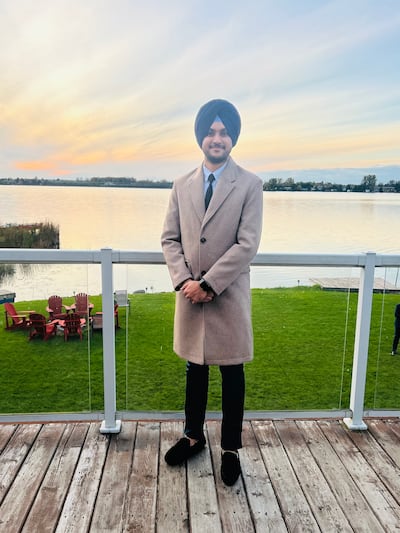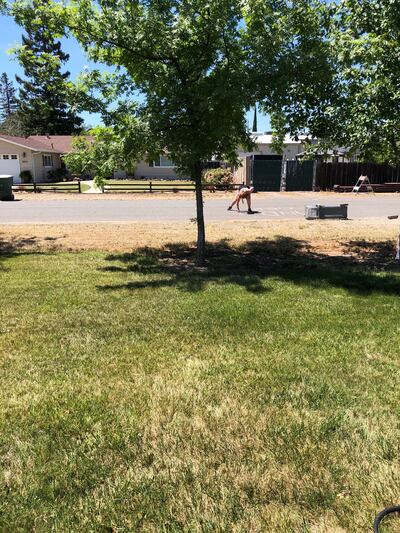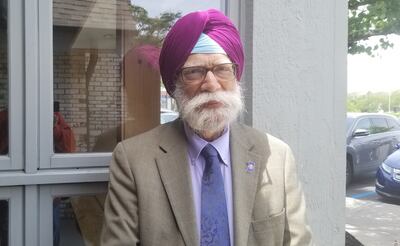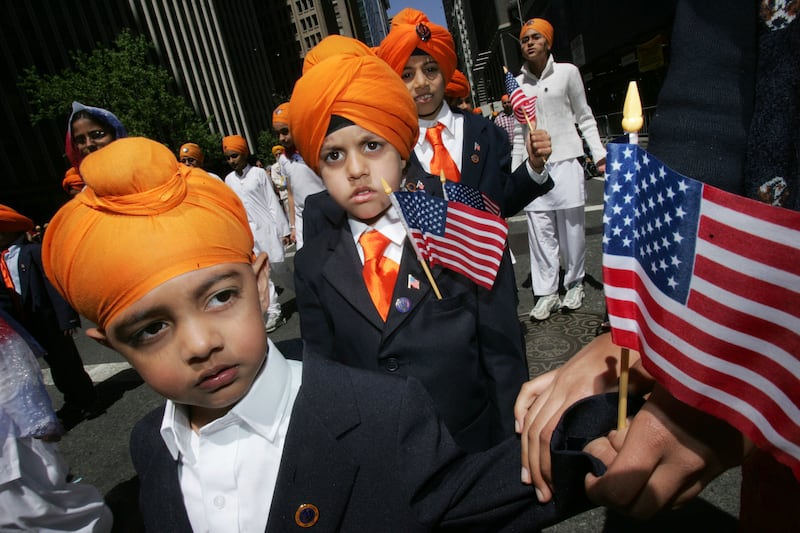Gaganpal Dhaliwal doesn’t want to go into too much detail about what happened at a FedEx facility in Indianapolis on the night of April 15 last year.
His mother and two aunts work at the site where a gunman entered the building and shot dead eight people — four of whom were, like him, Sikh.
“My mum had taken the day off, but my two aunts had to flee through the parking lot,” says Mr Dhaliwal, a test manager at a major multinational company based in Indianapolis.
“Of course, they had [post-traumatic stress] a little bit, but they went back to work there later.”
Police ultimately determined that the motive of the killer, a white, former FedEx employee, was not race related.
But the attack hit home for the US Sikh community, which numbers about half a million people and has suffered from racially based violence for years.
Anxieties among Sikh and other minority communities have only increased in the wake of other mass shootings, including one last month in Buffalo, New York in which a white supremacist gunman opened fire in a supermarket, killing 10 black people.
According to a 2020 FBI report, hate crimes against the Sikh community are on the rise, increasing 37 per cent between 2019 and 2020 alone.
“We are considered most different, just by the sheer nature of our appearance,” says Mr Dhaliwal. Many Sikh men wear turbans and grow beards, both important parts of their faith that make them an easy target for racist attacks.
In August 2012, seven people died in a mass shooting at a Sikh temple in Oak Creek, Wisconsin. The attack was carried out by a white supremacist and four Indian nationals were among the dead.
Following the terror attacks on September 11, 2001, Sikhs were subjected to widespread violent attacks, largely due to people incorrectly identifying them as Muslim.
More recently, a neighbourhood in Queens, New York City, was the site of a spate of attacks on Sikhs, including one against an elderly man visiting from India.

Rouble Claire, a Sikh man living in California who experienced racial abuse including having graffiti scrawled outside his home last year, brought a lawsuit against local law enforcement last month, claiming officers had failed to properly investigate and prosecute the crimes.
But it is not only random attacks — rights groups report that Sikhs face racial profiling and increased scrutiny by law enforcement, particularly at airport security screening points.
And the increasingly polarised political climate isn't helping.
“Racism has been excused and even championed by some politicians in recent years; that creates a permission structure for some people to lash out in public,” says Amrith Kaur Aakre, legal director of the Sikh Coalition, a national advocacy group.

“The recent increase could also be a function of the fact that we are trying to harder to publicise, track and combat anti-Sikh hate, too — though those efforts are still very much imperfect.”
The Sikh community has had a lengthy experience with racism in the US: when the first Sikh immigrants came to the US in search of work more than a century ago, they faced immediate discrimination.
In 1907, hundreds of Sikh and other South Asian lumber mill workers were forced to flee a California town in the face of vicious violence perpetrated by mostly white locals.
Though this kind of widespread violence is no longer the norm, the community still faces race and religious-based abuse, often in more subtle forms.
Security screening incidents, especially at airports, have become a particular flashpoint between law enforcement and the Sikh community.
When a former Canadian Cabinet minister claimed he was subjected to discrimination at a Detroit airport in 2018, the Transport Security Administration statement issued a statement saying: “We recognise that passengers may be unable or unwilling to remove items for religious, medical or other reasons and should expect to undergo additional screening protocols.”
In response to such situations, the Sikh Coalition developed an app to help people document racial profiling incidents at airports.
“The data from our FlyRights tool [shows] that TSA agents aren't familiar with basic measures meant to stop profiling and mitigate the embarrassment and harassment that community members face,” says Ms Kaur Aakre.
Despite the many challenges facing the community both in Indianapolis and elsewhere in the country, Kanwal Prakash Singh, a 60-year resident of the city, is optimistic.

When he arrived, there was only one other Sikh person living in the area, and his appearance drew such a large amount of curiosity that he was featured in the local newspaper.
Over the past two decades, he says thousands of Sikhs have relocated to Indianapolis from other areas of the US in part because of its central location but also because of its more welcoming atmosphere.
“It’s a low-key city with good schools and there’s not the kind of tension that you see in other cities,” he says.
“For me, it’s important to see the goodness of people in the simplest of places,” he says, recalling how one winter, one of his neighbours helped to clear his driveway following a heavy snowfall.
“The issue is: how can we control some of the negative stereotyping that is out there?”






